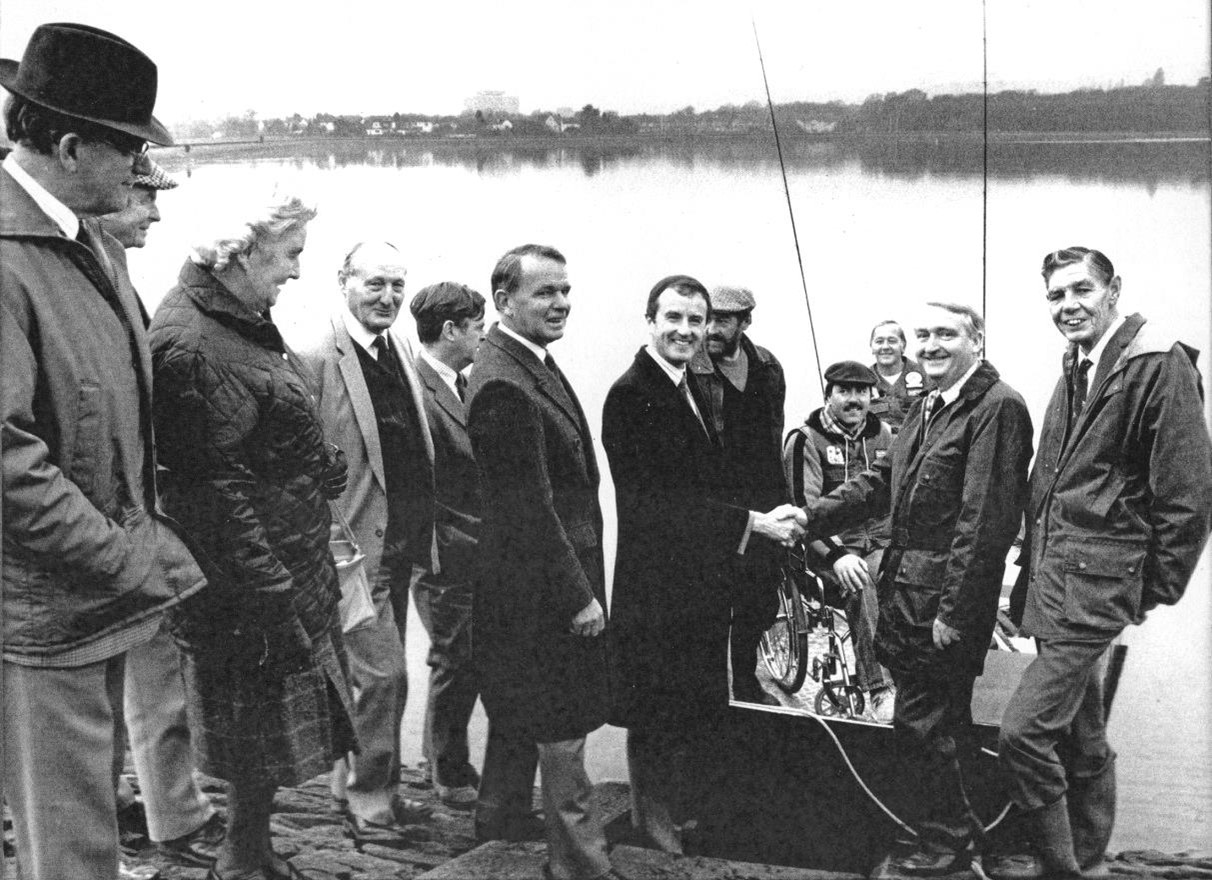Fishing banned for “safety and ecological reasons”, but water sports allowed
FISHING is being banned at Llanishen and Lisvane Reservoirs because of health and safety and ecological concerns, according to Welsh Water.
The decision is a blow to Cardiff’s angling community, particularly the Cardiff Reservoirs Fly Fishing Club (CRFFC) who have fished the reservoirs since 1948.
After fishing was halted by Western Power in 2004, the club hoped it would be reinstated in some form when Welsh Water reopens the site next year for a range of water sports, plus a visitor centre, café and carpark.
Welsh Water’s decision to offer other activities has left CRFFC’s members with little hope of fishing the reservoirs again.
A spokesperson for Welsh Water said: “While developing our plans for the Lisvane and Llanishen visitor attraction centre, it was identified that on the basis of a thorough health and safety evaluation and ecological grounds, angling at the reservoir could not be facilitated.
“The main reasons were due to the restricted space around it, the impact on protected species and other activities at the site.”
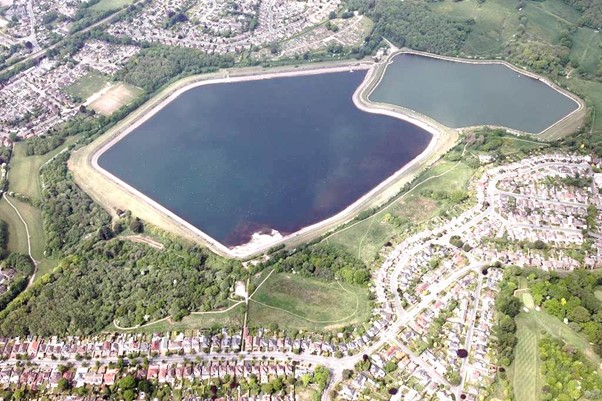
For Cardiff anglers the next closest reservoirs to fish are Ynysyfro and Wentwood in Gwent, but both have been closed for maintenance by Welsh Water, Ynysyfro since 2020 and Wentwood since 2017.
Asked whether fishing will be allowed to continue after the Wentwood refurbishment, Welsh Water said: “Fishing is permitted at our Wentwood Reservoir however this has temporarily been suspended while we undertake essential maintenance there.
“At this moment in time, we don’t know how long the work will take and is subject to ongoing surveys.”

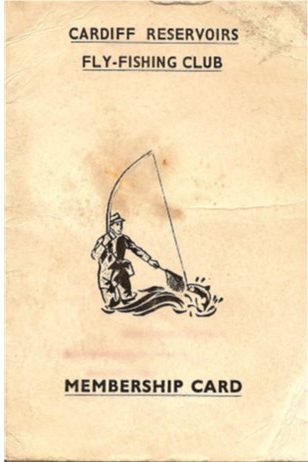
A Welsh Water spokesperson added: “Our plans include a number of water sports and other leisure activities which we hope will provide opportunities for the wider community of all ages and abilities, to enjoy and help create a haven for health and wellbeing for all visitors.
“We have discussed the challenges surrounding recreational angling at Lisvane and Llanishen reservoirs with the angling association and other angling bodies and key local stakeholders to explain why angling would not form part of our proposals prior to any formal public consultation on the development.
“We would like to reassure you that proposals put forward by Cardiff Reservoir Fly Fishers and Glamorgan Anglers clubs during our consultation process were taken into consideration and incorporated into the health and safety assessment.”
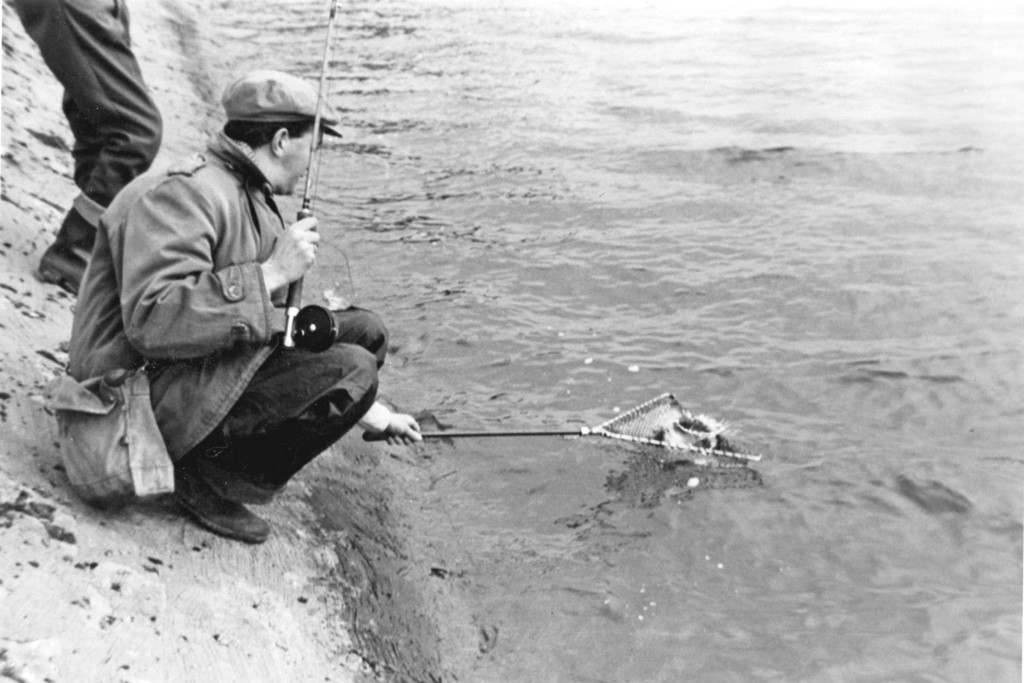
CRFFC Secretary Jeffrey Wilson believes Welsh Water are making facetious excuses to stop fishing.
Mr Wilson said: “It seems that trout fly fishing is universally under threat.
“There is no evidence that casting a fly has ever hurt a member of the public. If this was the case, we would fish from a boat anyway.”

Welsh Water did not include any evidence for their health and safety concerns.
On the ecological reasoning, Mr Wilson said: “As for the SSSI (Site of Special Scientific Interest), they say they don’t want us trampling on the rare fungi, but we’ve been trampling on it for 60 years and it’s still there.
Cardiff Reservoirs Fly Fishing Club were particularly disappointed by this argument as they have been caring for the reservoirs for over 60 years, stocking them with brown and rainbow trout at the beginning of each season.
Mr Wilson said: “Not many people understand and care for the ecology of the reservoirs like the fishermen.”
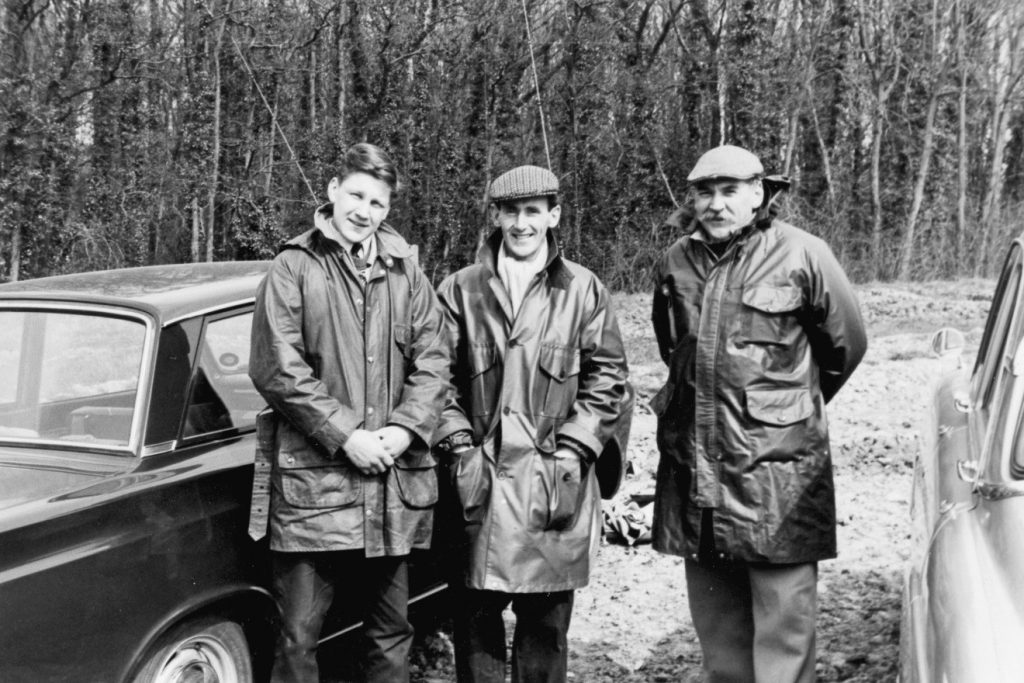
The former President of CRFFC Fred Davies, who died last year, wrote in his book “Cardiff Reservoirs Fly Fishing Club – A Brief History”: “No history of Fly Fishing would be complete without an encompassing description of the differing flora and fauna that lived in and around these two lakes.
Mr Davies reveals intimate knowledge of the site’s ecosystem and demonstrates how fishing benefits the biodiversity of the lakes in his work.


